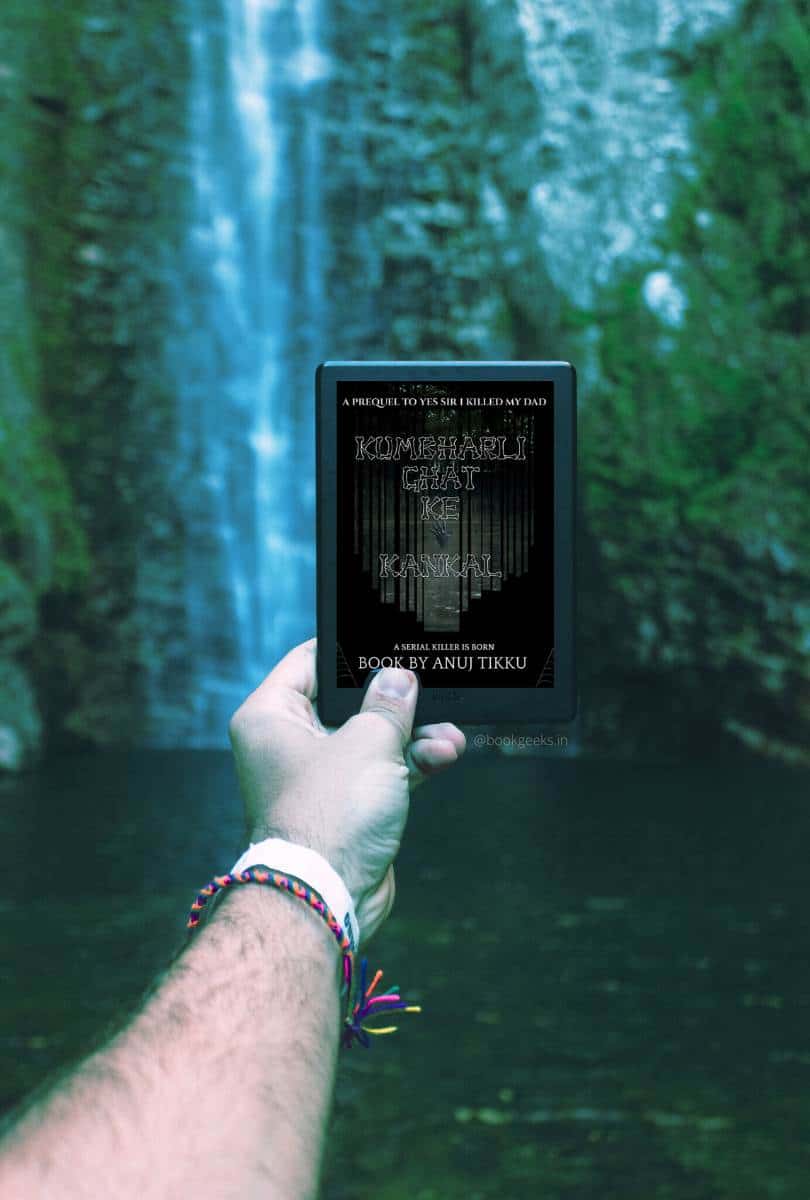SUBJECT: 4/5 WRITING: 2/5 OVERALL: 3/5 Genre: True Crime, Fictionalized Account of True Crime Themes: Bollywood-Underworld-Political Nexus, Greed, Money & Power, Real-life Trauma, Serial Killings
“Vijay Palande killed for money; his victims were like numbers to him. He wanted money and their wealth to feed his lifestyle.”
– A Hindustan Times reporter
With the advent of platforms like Netflix, Apple TV, etc, the number of entertainment-based video content that is being churned out is unlike anything in the past.
With OTT movies and web series gaining more and more popularity each passing day, there is also a high rise in content created in the mystery and thriller genre, something that reflects the previously under-tapped market.
Whether crime is on the rise or not is not for us to debate, but one thing is for sure, the market for crime-based thrillers, mysteries, and horror, especially with respect to the sub-genre of true crime is surely on the rise. Hence the need for more books too.
Capitalizing both on the rising trend and his real-life experience of the same, author Anuj Tikku has once again come up with a true crime novel that takes us more than a decade back in time to the scary events of his past.
The book is a little different from his other true crime experience books like Hanging Palande and Yes Sir I Killed My Dad in the sense that the main story here is not of Anuj Tikku and his father but of the crimes that were committed by the same man and gang, – Vijay Palande and his aides, much before he had even met Anuj Tikku.
Thus, in Kumbharli Ghat Ke Kankal the author helps uncovers the dastardly crimes of the serial Killer Vijay Palande.
From the early days of Vijay Palande, working as a steward in the acclaimed restaurant Copper Chimney in the year 1994, to his initiation into the criminal world, to his days escaping the law, and finally to the time of Karma catching up with him at last – this book attempts to documents the entire trajectory of his adult life with a particular focus on his years as an active criminal mastermind and serial killer.
The story is uncovered through the medium of a crime reporter who is sent on an assignment to cover the events surrounding the arrest of Vijay. What seems like a simple story becomes ever more complicated as more and more secrets tumble out of the closet.
While Pooja is set on finding more about the criminal through interviewing people he has been connected with in the past, simultaneously the police are also putting the investigation on a war footing and discovering the horrors that lend Vijay Palande the moniker of ‘The Butcher of Kumbharli Ghat’.
The book focuses both on solid facts as well as psychological analysis – all of it told in a fictionalized narrative that assumes creative liberties, but in no way tampers with the essence of the real story. It serves us this particular episode in true crime in the most unadulterated form.
In the background, the tragedy that befell Anuj Tikku and his dad in the year 2012 is also mentioned in the passing, every now and then, to remind the readers of just how narrowly the author escaped the heinous man and his diabolical plan, which involved putting an end to the author’s life.
We also get to witness the ugly nexus between politics, the police, and the underworld as some uncomfortable truths are revealed in the most shocking and mind-numbing way.
How miserably the police system failed not once but multiple times, letting a hard-core criminal like Vijay Palande go scot-free for such a long time.
How the judicial system has so many loopholes that the criminal was totally aware of and which he exploited to escape conviction and arrest for the longest time.
How in some cases, the family members of his victims are still waiting for justice even after more than two decades.
All these shocking details are explored in Kumbharli Ghat Ke Kankal.
The book, though better written than the author’s previous books is yet again lacking in the editing department. Some of the paragraphs are often repeated multiple times. And the writing too lacks finesse. At times it also comes across as confusing and incoherent. The language is simple though, and hence it can be picked up by even beginner-level readers.
Read it not for the language or the writing skill but for the way it exposes a horrendous criminal and the system that managed to keep him in business for the longest time.
Can’t wait to read it? Buy your copy using the link below.
